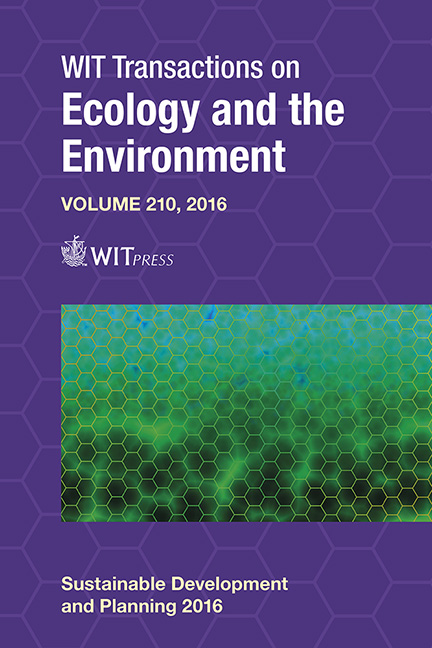Factors That Promote The Adoption Of A High-density And Mixed-use Development: Examining A Potential Urban Village Based On Urban Design Principles
Price
Free (open access)
Transaction
Volume
210
Pages
12
Page Range
457 - 468
Published
2017
Size
677 kb
Paper DOI
10.2495/SDP160381
Copyright
WIT Press
Author(s)
S. T. F. Poon
Abstract
This paper outlines the findings of qualitative research undertaken to investigate the possibility of adopting urban village design principles in transforming the neighbourhood of Petaling Jaya in Malaysia. The purpose of this study was to investigate perceptions towards the potential of high-density cities and townships that face socioeconomic, environmental and other challenges, and how adopting the concept of an urban village could improve the quality of residents’ lives, encourage pedestrian walkability, increase social dynamics and local connectivity through communication channels, develop mixed use zoning for infrastructures, as well as improve traffic problems on increasingly hectic roads. Upon critical interpretation and in-depth analysis of the urbanisation context in Petaling Jaya, this study reveals that the potential initiatives, mechanisms and solutions for sustainable and holistic urban development may improve life quality for certain stakeholders, but the benefits are not necessarily shared by others in the community. Findings in this paper indicate that bias and interests are represented by dominant-collective factions, hence, more careful research will be required to consider socioeconomic benefits and impacts of mixed use zoning before adopting specific elements to transform Petaling Jaya into a prospective urban village. Understanding local communities’ wishes and desires on improving certain aspects of liveability is crucial before implementing any concept of living without losing its image of urbanisation and progress.
Keywords
urban village, design, mixed use, quality of life, urbanisation





